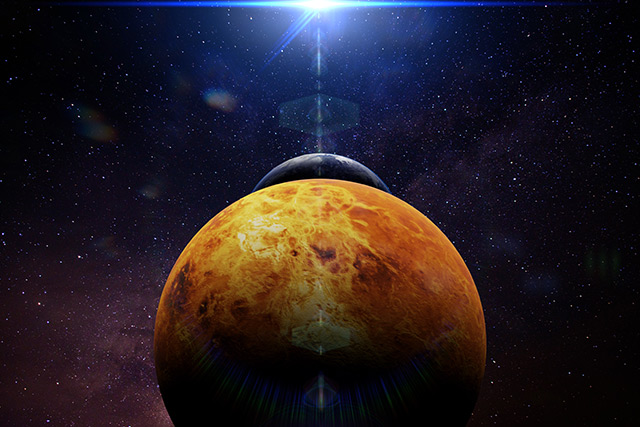
Fast radio bursts (FRBs) were first recorded a decade ago. These are pulses of light that are the brightest scientists have ever seen. However, their origin has always been a mystery. FRBs have been linked to everything from alien communication to errors in measurement to interference from Earth. In fact, these signals were thought to be little more than anomalies after a famous 2015 controversy showed scientists supposedly receiving “alien messages” only to find out these were just interference from their own microwave. However, this new report puts an end to all the controversy: These bizarre signals are not coming from our planet.
This was confirmed after data were gathered from a giant telescope located 40 km outside of Canberra. Three such FRBs were recorded using the Molonglo radio telescope. This specific telescope features an enormous focal length, having a collecting area of 193,750 square feet (18,000 sqm) and a field of view of around eight degrees of the sky. The telescope is able to produce 1000 TB of data every day.
“Conventional single dish radio telescopes have difficulty establishing that transmissions originate beyond the Earth’s atmosphere,” said Dr. Chris Flynn of the Swinburne University of Technology. The Molonglo telescope was re-engineered to be able to gather more data.
Professor Anne Green of the University of Sydney added, “it is very exciting to see the University of Sydney’s Molonglo telescope making such important scientific discoveries by partnering with Swinburne’s expertise in supercomputing.”
Green is referring to the new software which allowed the scientists to sift through all the data collected from Molonglo and pinpoint these three FRBs. The Ph.D. student at Australian National University, Manish Caleb, who designed the software said, “because of the telescope’s characteristics, we’re 100 percent sure the bursts came from space. We have scientifically confirmed that FRBs are extraterrestrial...we expect Molonglo will do this for more bursts.”
Dr. Flynn agreed, stating, “local radio interference shows up in several of Molonglo’s beams. Cosmic signals never show up in more than three. That’s how we knew these signals were cosmic.”
The telescope data confirmed that all three FRBs came from space, but only one could be localized to a specific galaxy. “Figuring out where the bursts come from is the key to understanding what makes them,” said Caleb. “Only one burst has been linked to a specific galaxy.”
Extraterrestrial messages of what?
Despite confirming their origin, scientists still do not know what they mean. One hypothesis is that these bursts could be remnants of alien space probes or even alien megastructures. In order to leave a trail that bright or long-lasting, it is surmised that the transmitter would need to have a surface area twice the size of Earth. This would require not only more advanced technology, but massive construction effort. Still, the stutter “heard” from the star KIC 8462852 would need an almost inconceivably-sized alien megastructure. The only reason a civilization would need to build a structure that size, scientists said, is for interstellar travel.
The raw power required to leave such a focused radio stream would be enough to propel a one million ton ship over vast distances.
“That’s big enough to carry living passengers across interstellar or even intergalactic distances,” cited Manasvi Lingam of Harvard University.
Such a ship would need radio beams to “push” its sails. These beams then leave traces in space which are detected by human technology as bright pockets in the sky. To that end, Harvard-Smithsonian Center for Astrophysics researcher Avi Loeb stated, “science isn’t a matter of belief, it’s a matter of evidence. Deciding what’s likely ahead of time limits the possibilities. It’s worth putting ideas out there and letting the data be the judge.”
Sources include:
Please contact us for more information.























